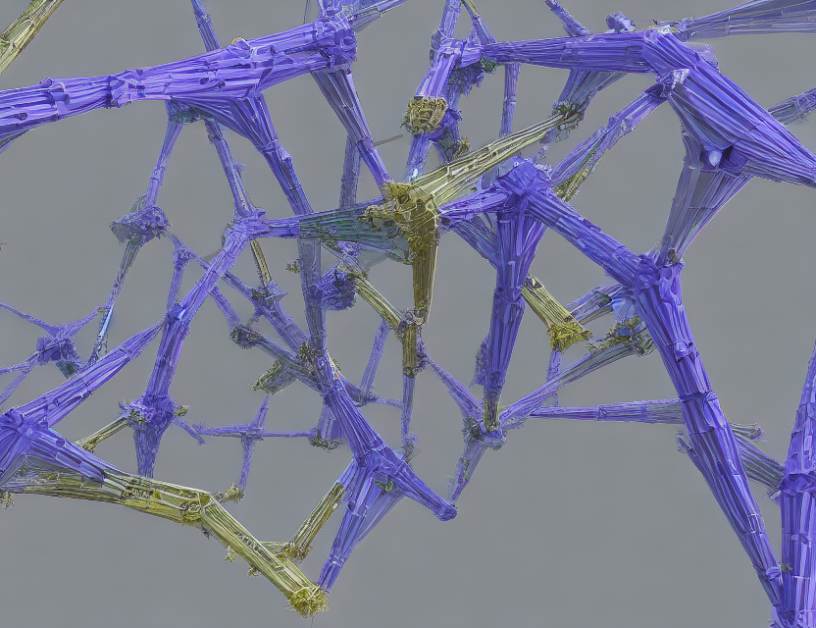Neural networks have been widely used in various fields, such as object recognition, segmentation, tracking, and smoothing. However, these networks are becoming increasingly complex, which can lead to increased energy consumption. To address this issue, researchers have proposed converting neural networks into spiking neural networks (SNNs), which mimic the way the brain processes information. SNNs use spikes to transmit information and reduce multiplications, making them more energy-efficient.
SNNs: The Next Generation of Neural Networks
SNNs are recognized as one of the next-generation neural networks that can reduce energy consumption by mimicking the brain’s information processing. SNNs use spikes to transmit information instead of multiplications, which makes them more energy-efficient. Moreover, the event-driven computation manner used in SNNs shows higher energy efficiency on neuromorphic hardware (Ma et al., 2017; Akopyan et al., 2015; Davies et al., 2018; Pei et al., 2019).
Conversion of ANNs to SNNs
Despite the advantages of SNNs, there are still some challenges that need to be addressed. One of these challenges is the conversion of artificial neural networks (ANNs) into SNNs. This process is limited by the rate-coding scheme and ignores the rich temporal dynamic behaviors from SNNs. Moreover, this method requires many timesteps to approach the accuracy of pre-trained ANNs, which increases energy consumption. Finally, the accuracy of SNNs cannot exceed that of ANNs in this paradigm, limiting their potential.
Efficient and Accurate Conversion of SNNs
To address these challenges, researchers have proposed several methods for converting ANNs into SNNs. One approach is to use a non-uniform discretization method called additive powers-of-two quantization (Li et al., 2017). This method reduces the precision of the weights and activations in an ANN while maintaining their accuracy. Another approach is to use different spike encoding schemes, such as differentiable spikes (Li et al., 2021b), which can improve the accuracy of SNNs.
Event-Stream Datasets for Object Classification
To train SNNs effectively, researchers have proposed using event-stream datasets for object classification (Li et al., 2017). These datasets contain temporal information about objects and their properties, such as color, shape, and movement. By using these datasets, researchers can train SNNs that can recognize and classify objects more accurately.
Conclusion
In conclusion, SNNs offer a unique way to reduce energy consumption by mimicking the brain’s information processing. However, converting ANNs into SNNs is still a challenge due to the limited rate-coding scheme and ignoring rich temporal dynamic behaviors from SNNs. To address these challenges, researchers have proposed several methods for efficient and accurate conversion of SNNs. Moreover, event-stream datasets can be used to train SNNs effectively. By understanding these concepts, researchers can develop more energy-efficient neural networks that mimic the brain’s information processing.



